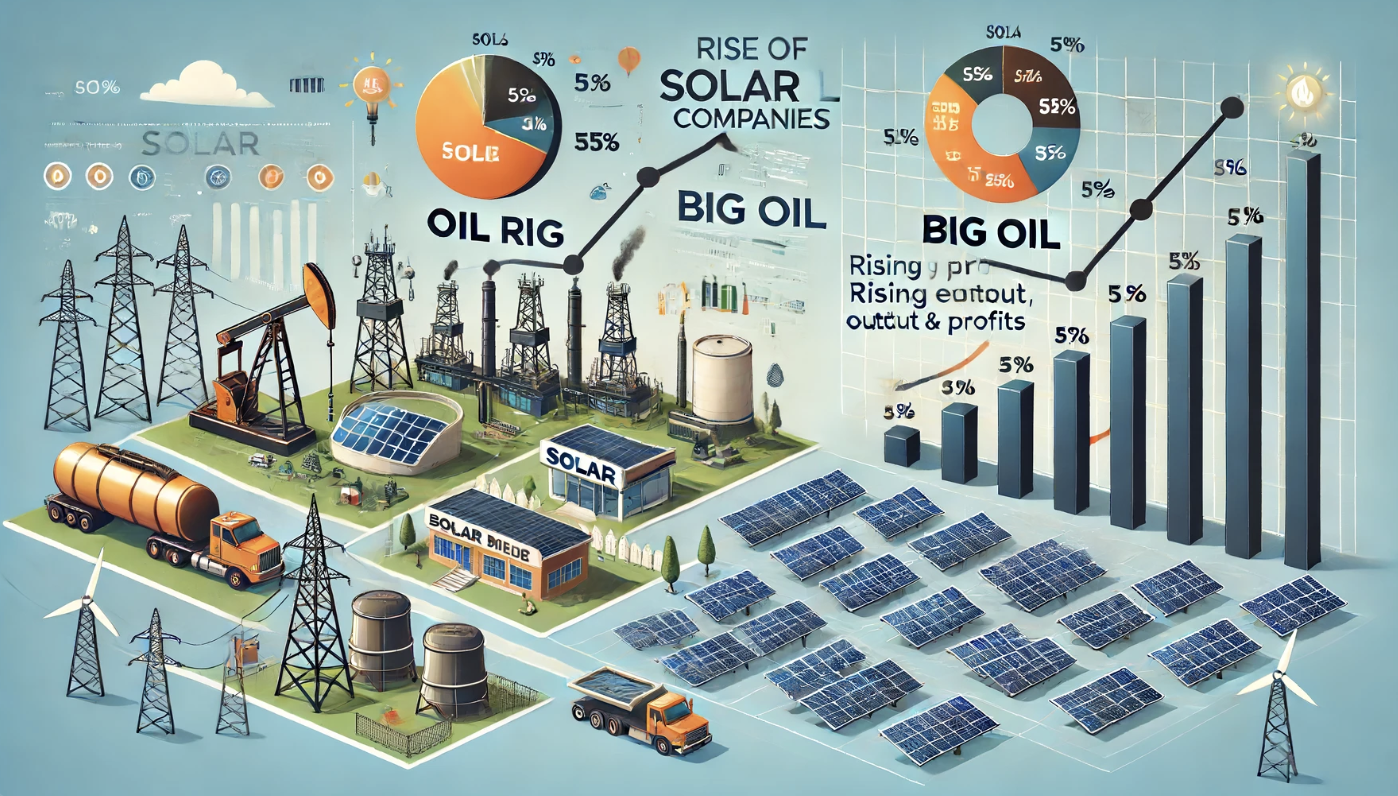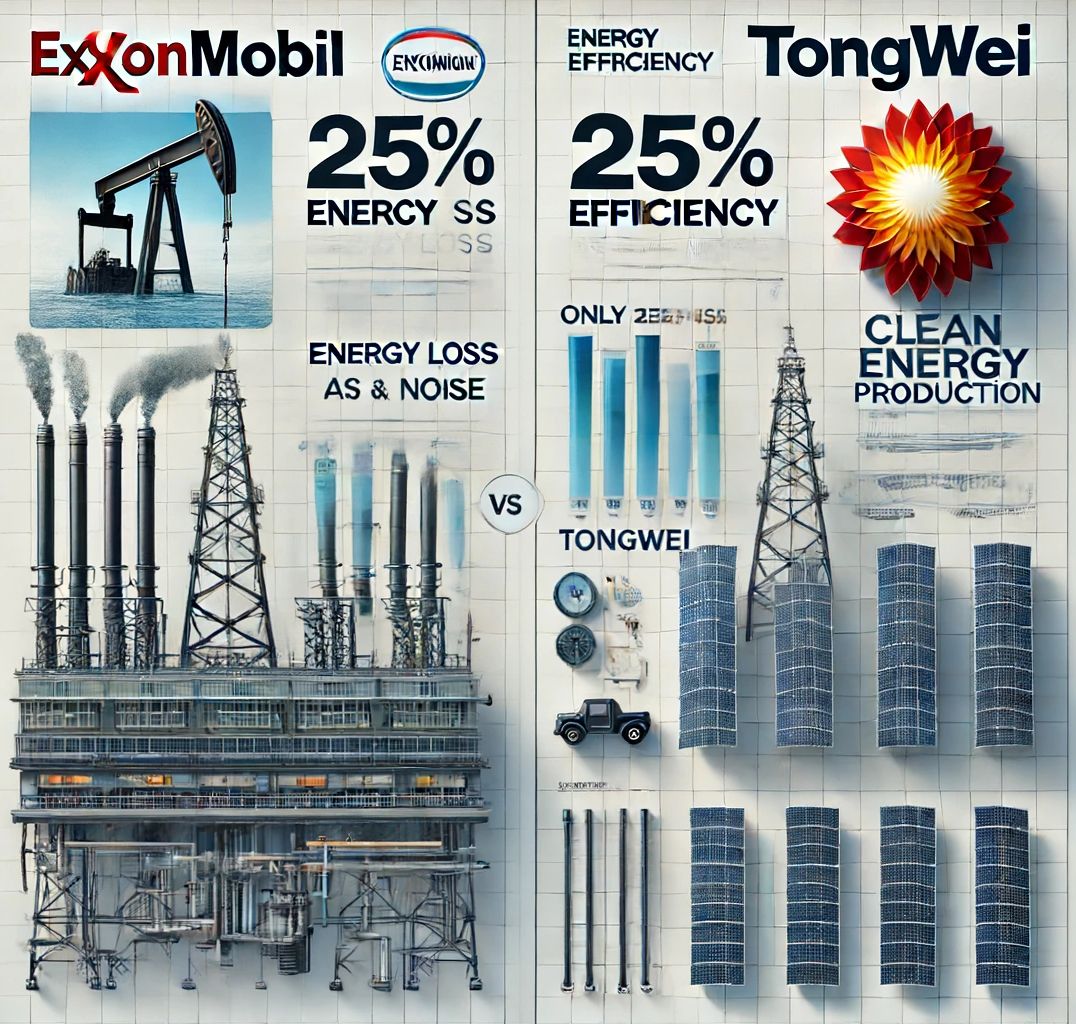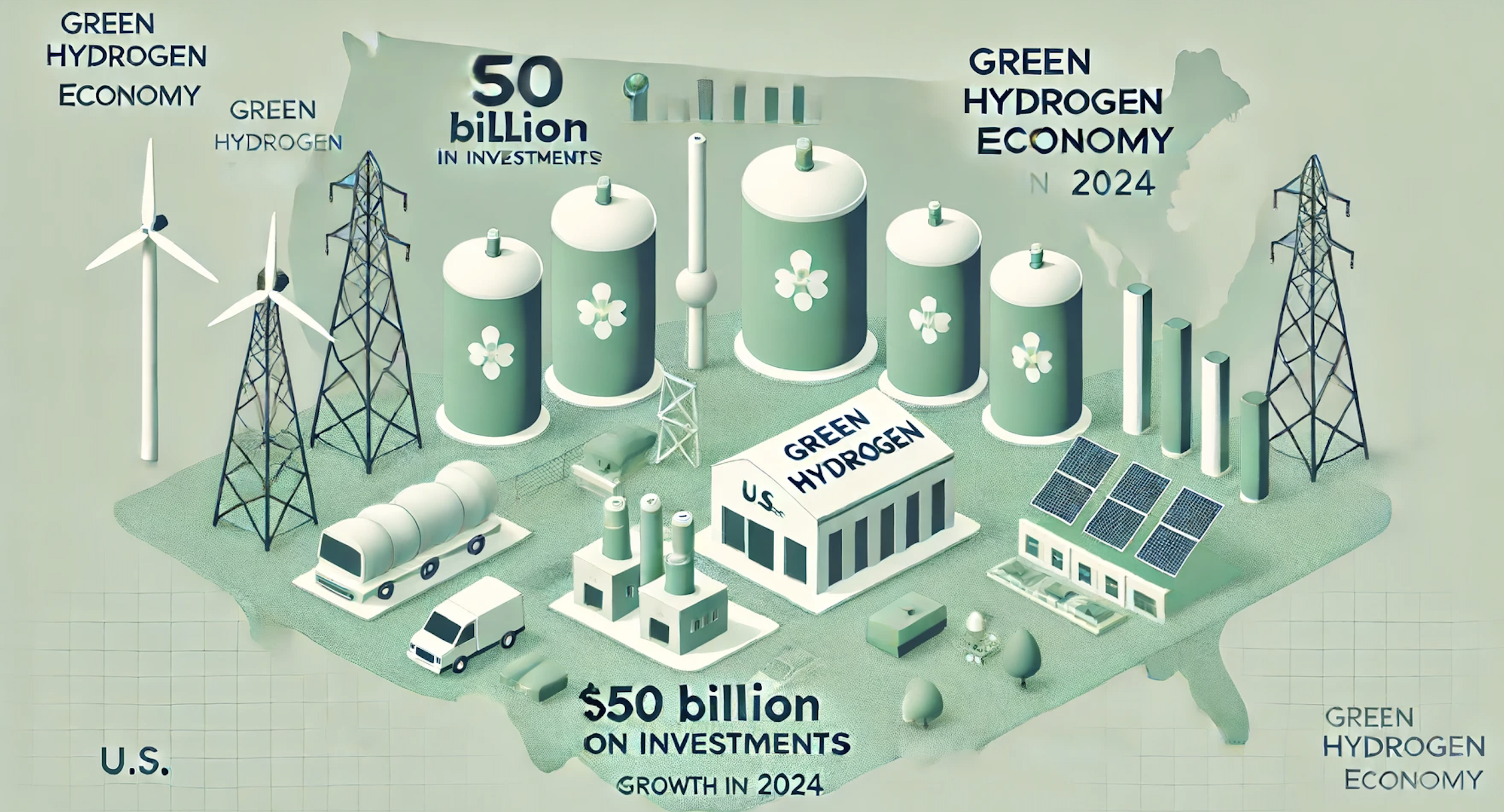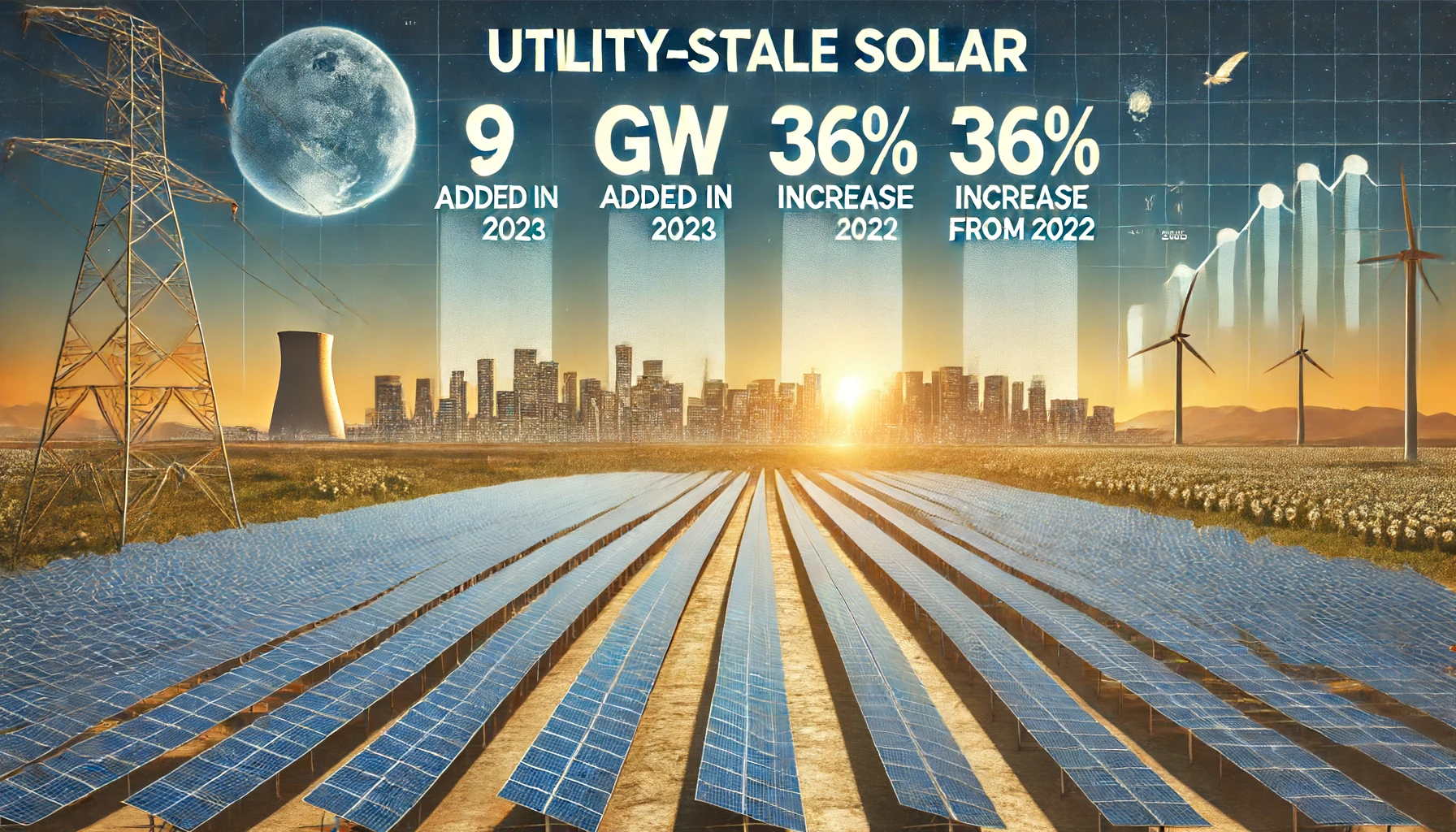From Black Gold to Golden Rays: How Solar is Beating Oil at Its Own Game?
 Ravi Choudhary
Ravi Choudhary
What if the energy giants you knew weren't the old oil companies, but new, innovative solar firms? Yes, you heard it right. This shift is happening now, these solar companies are quickly becoming the new leaders, challenging the old giants and changing the way we think about energy. This shift is not just about new technology; it’s about a fundamental change in how we power our world and protect our planet for future generations.
How this Rise of Solar Power is happening?
Throughout the mid-20th century, oil companies held unrivaled power and influence over the global energy landscape. This dominance began to wane due to geopolitical events like nationalizations and the 1973 oil crisis. Today, we are witnessing a new revolution fueled by the rapid growth and technological advancements in solar energy, especially driven by innovations in China. This marks a significant transformation in our approach to energy generation and consumption.

How Solar Energy's Efficiency and Output Compare to Fossil Fuels?
Measuring Energy: Exajoules
To understand this shift, we need to look at energy output in exajoules (EJ). ExxonMobil produces about 8.3 EJ annually, while Shell produces around 6.2 EJ. However, a significant portion of this energy is wasted as heat and noise. In contrast, solar companies efficiently convert sunlight into electricity with minimal waste.
Solar Production Efficiency
Solar companies, such as those producing polysilicon for solar panels, measure their output in metric tons, which can be translated into gigawatts of solar energy. This energy is then converted into exajoules. The biggest polysilicon producers now rival major oil companies in terms of energy output. For instance, Tongwei’s planned expansion could see its output surpass that of ExxonMobil.
Let’s look at some Case Studies:
ExxonMobil vs. Tongwei
ExxonMobil:
Annual energy production: approximately 8.3 exajoules (EJ).
Efficiency: Only about 25% of the chemical energy is converted into useful power.
Losses: Significant energy losses occur during refining and combustion processes.
Tongwei:
Rapidly increasing production capacity in the solar energy sector.
Planned expansions may soon see Tongwei's output surpass that of ExxonMobil.
Efficiency: Produces clean and sustainable energy with far higher efficiency and minimal waste compared to fossil fuels.

Shell vs. Longi
Shell:
Annual energy production: around 6.2 EJ.
Efficiency: Only about one-third of the extracted energy becomes usable power.
Losses: Substantial energy losses are present during the extraction and refinement process.
Longi:
Focuses on producing high-efficiency solar cells.
Solar panels generate electricity with minimal energy loss.
Long-term sustainability: Panels often operate efficiently for over 25 years.
Highlights the growing advantage of solar power in the global energy market.

Why Solar Energy's Long-Term Sustainability Outshines Fossil Fuels?
Durable Energy Production
Solar panels have a long lifespan, often carrying 25-year warranties, and continue to generate electricity for decades. In contrast, the oil and gas consumed today are gone within months. This long-term sustainability is a key advantage of solar energy over traditional fossil fuels.
Environmental Impact
The shift from oil to solar energy also brings significant environmental benefits. Solar power reduces greenhouse gas emissions and helps combat climate change. In 2023, investments in solar power reached nearly $400 billion, highlighting the global commitment to renewable energy.
Big Oil's Record Profits and Political Promises
Under President Biden, oil and gas companies have seen unprecedented profits, amassing over $250 billion between 2021 and 2023. This surge is attributed to factors like the Ukraine war, post-pandemic travel, and advancements in oil production technology. Meanwhile, former President Trump promises even higher profits if re-elected, pledging to roll back environmental regulations in exchange for substantial campaign contributions. This political tug-of-war highlights the ongoing influence of Big Oil amidst growing calls for renewable energy solutions.

How Solar Energy is Changing Global Power Dynamics and Economic Opportunities?
Shift in Global Power
The dominance of Chinese solar companies signals a shift in global power dynamics. China controls 80% of the world’s solar technology supply chain, contrasting sharply with the Western dominance of the oil sector. This has led to geopolitical tensions, with Western countries taking measures to limit China’s influence.
Economic Benefits
The solar industry is creating jobs and driving technological innovation. For every dollar invested in fossil fuels, about 1.7 dollars are now going into clean energy. This ratio was one-to-one just five years ago, demonstrating the rapid growth and economic potential of the solar sector.
The future of energy is being shaped by solar power. This shift from oil to solar marks a new era in energy dominance, with significant implications for global power dynamics and environmental sustainability. Solar energy is poised to take a leading role in global energy provision, reshaping our world in ways that will benefit both the economy and the environment.
Stay informed about renewable energy trends and support solar initiatives through investment, advocacy, or personal use. The transformation of our energy landscape depends on the choices we make today.
Contact Us | Subscribe for Updates | Follow Us on LinkedIn
Until our next bright journey,
The Renewable Leader Team
Latest Market Policies after Election

1.Enhanced Renewable Purchase Obligation (RPO)
India mandates that by 2024-25, 29.91% of electricity consumption must be from renewable sources, increasing to 43.33% by 2029-30, promoting long-term renewable energy use

2. Viability Gap Funding for Offshore Wind Energy
India's 2024 budget allocates funds for 1 GW of offshore wind energy development, aiming to diversify renewable energy sources and reduce fossil fuel reliance
Latest Market Moves

Green Hydrogen Economy Development: The U.S. is emerging as a leader in green hydrogen with over $50 billion in announced investments and pending favorable tax credits. The market is set for substantial growth in 2024, potentially transforming the energy landscape.

Utility-Scale Solar Capacity Surge: Between January and August 2023, the U.S. saw a significant increase in utility-scale solar capacity additions, reaching nearly 9 gigawatts (GW), up 36% from the same period in 2022.
Subscribe to my newsletter
Read articles from Ravi Choudhary directly inside your inbox. Subscribe to the newsletter, and don't miss out.
Written by
